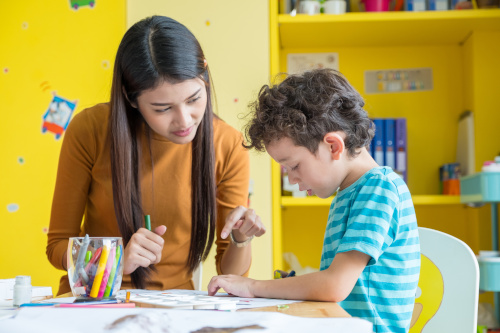We all know the problem. There is a frightening shortage of special education teachers and it’s getting worse. Even prior to the pandemic, 98 percent of school districts and 49 states reported that they had a shortage and a recent RAND report found that six months into the pandemic over one-third of school leaders were experiencing special education teacher vacancies.
Compounding the problem, the number of students receiving special education services is predicted to increase sharply as students who are overdue for evaluations seek help and others who have fallen behind during COVID will need additional assessments and revised services. Increases in diagnoses, particular in children diagnosed with autism, are also having an impact. Today 1 in every 44 children in the US have autism and students with autism now account for 11 percent of all students in special education, more than double the rate of a decade ago.
The Special Education Legislative Summit Council of Administrators of Special Education has called for “all hands on deck” in addressing the shortage. Speakers at the Summit highlighted three crucial areas that need to be addressed: competitive pay, stronger recruitment, and more effective professional development. But what does effective PD look like for special educators? Is it different from what other teachers need? What works? What kind? How much? And, most importantly, what types of PD will support these educators and keep them from leaving the profession?
We now know a great deal about what types of PD can not only support our special education teachers but help them thrive. In this new era of inclusive education — a positive development — we still need to focus on helping special educators by affirming the passion and caring that led them to enter the field in the first place. The big takeaway is that we need PD that helps these teachers affirm their professional identity, develop deeper understandings of the norms, language and routines of their profession, and helps them succeed in what matters most to them — making a difference in the lives of their students. Specifically, they need learning opportunities that are classroom-embedded, specialized, ongoing, and flexible.
Classroom-Embedded PD
Special educators report that they have had good training experiences outside of the classroom, but they also say that when the time comes to implement this new knowledge into their classrooms there is a big disconnect. The theories taught are important, but practical strategies for executing them into daily classroom experiences are missing.





